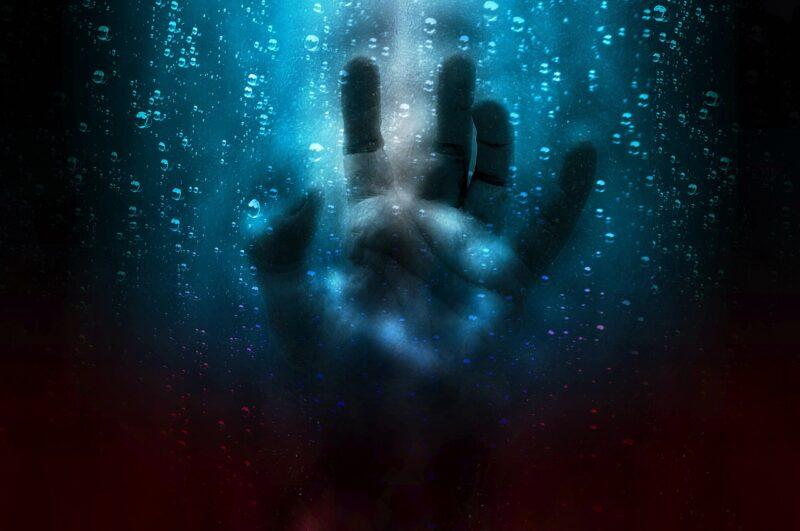The principles of yin and yang are two opposing elements in Chinese philosophy that complement each other and create a harmonic balance. This equilibrium is thought to be the true natural state of everything, from a person’s mental wellness to the planet’s functioning. It’s a mistake to think of yin and yang as symbols for good and evil; instead, night and day are more acceptable, albeit extremely symbolic, comparisons. The principle underlying it is that everything has an inherent balance between two sets of qualities, one of which is yin and the other is yang. It’s fascinating to consider how these analogies might be used on the subject of mental health, especially when analyzing human personalities. Please keep in mind that none of the following is intended to be taken as actual, scientific doctrine. It does, however, provide a different perspective on the numerous personalities and psychological aspects that make up human beings. Students are taught that a person’s yin characteristics represent the feminine portion of their psyche in the framework of psychology. However, yin is also associated with order, law, and self-control, with too much of it causing stagnation and a lack of emotion. This lack of feeling can manifest itself in a variety of ways in terms of mental health, both on its own and in conjunction with other mental diseases.
When mixed with status anxiety, excessive attention to what is regarded as a person’s yin features can result in a person displaying excessive dishonesty and ruthlessness in his attempts to maintain or improve his perceived station in life. In some instances, this might be mistaken for social anxiety, as some have observed that people who place a strong emphasis on their yin qualities tend to dismiss other people, failing to comprehend how others can regard feelings as important. Psychological impotence can also emerge from an excess of a person’s mental yin, which arises from the complete and absolute suppression of all emotions, including the sex urge, according to some older books on the yin and yang.
Yang, on the other hand, is thought to reflect the masculine half of the intellect. Excessive development can lead to dangerous irresponsibility and clinical insanity. It corresponds to inventiveness, instinct, and impulsiveness. When viewed from the perspective of mental health, this can lead to some of the more well-known psychological problems, as the yang parts of a person are intimately linked to the outer mental facade.
Anxiety disorders, separation anxiety, performance anxiety, depression, dissociative identity disorder, obsessive-compulsive disorder, and manic-depressive disorder are all examples of over-developed yang characteristics. Individuals with yang-dominated mental health can be perceived as blatantly hazardous, as they are more interested in expressing their baser urges, which can show as a desire to perpetrate violence in some cases. The expressions of excess in a yang-dominated psyche are simpler to discern than in a yin-dominated psyche, which tends to exhibit more subdued, perhaps even hidden, deviancies from cultural and societal norms.
Theoretically, the majority of the population possesses a yin-yang balance. The cyclical energies of yin and yang can be used to describe the inherent contradictions of the average human being. Modern mental health professionals who have combined Western and Oriental schools of thought have proposed that imbalances in either yin or yang can lead to mental problems. Theoretically, one side cannot have such complete domination over the other that the other half is no longer existent in the psyche. Even though one side is demonstrated to be dominant over the other, according to conventional beliefs, this is only a disruption in the balance, not a full absence of the side, demonstrating that the yin and yang are in constant interplay. Even the severely crazy, for example, show evidence of concern for their own well-being on occasion. This is interpreted as a sign that the yin has some control over a person’s activities, even if they are mentally sick. Even the most calculating and logical thinkers, on the other hand, are affected by emotions, even if they do not allow themselves to be swayed by them. Emotions are seen as a yang trait, as is the capacity to recognize them.
The yin and yang of the human mind and personality is, indeed, an excellent research topic. We can see the extraordinary interplay of motive, emotions, and behaviors in people who all represent the truth of yin and yang if we comprehend the duality in all things, which includes the human mind and conduct.





